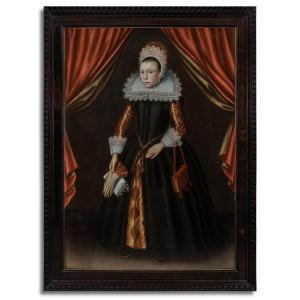Oil on cradled panel
This exquisite full-length portrait depicts a young lady wearing a Dutch coif or coronet of lace, a wired sheer lawn collar, and an elaborate black dress. The inscription on the upper right indicates that the girl was nine years of age when the portrait was painted in 1619.
Like rhetoricians, seventeenth-century artists were bound by rules and expectations for proper decorum, even in matters of dress. Costume was carefully chosen to suit the ideals of a particular culture or sitter and was used to convey a multitude of meanings. Knowledge of its associations and the history of costume can be crucial to the interpretation of portraiture. Furthermore, a long history of sumptuary laws bears witness to the presence of a codified etiquette so much that instruction manuals on appropriate dress began to appear as early as the sixteenth century – see Baldassare Castiglione's Il Cortegiano (or The Courtier) published in 1528.
The wealth of the sitter is apparent in the extraordinary textiles on display – the expensive lace, the dress with its gold detail, and the crimson canopy. A ruff as extravagant as this was an extraordinarily costly item, often required hours of starching in order to hold its shape, and were prized possessions listed in inventories and handed down in families as heirlooms. Black garments signified a certain social and moral status and consequently, this desirable attire dominated the elite portraiture of Britain and the Netherlands during this period. The whiteness of her skin serves as a marker of her social background and status, highlighting how physical appearance can often play a significant role in how individuals were perceived in society.
She holds a handkerchief trimmed with reticella needle lace and a pair of bridle gloves of cream wash leather, with scalloped caps of gold thread and multi-coloured embroidery. On their wedding day, women wore gloves specially made for the occasion and the bride only removed them at the moment the marriage was solemnised, when the couple shook each other’s right hand. The right facing stance, suggests that the portrait probably served as a pendant to a portrait of her husband, in which case he would be inclined towards our left according to the traditional rules of marriage portraiture. Even at the tender age of nine the sitter is of ‘marriage age’ by the conventions of the time. This portrait was thus, probably, painted to mark this important event in the sitter’s life and was a very common reason portraits to be commissioned.
The artist has used a luxurious scarlet curtain to emphasise wealth but it also serves to frame the girl and allows the viewer to focus on the subject. This motif was popular in Dutch and English portraiture at the time.
The well-preserved condition of this portrait provides a unique opportunity for us to admire the intricacy and details of the attire that may not always be possible in portraits from a similar age. The dark pigments used to depict the expensive black silk, along with the intricate lace, have remarkably stood the test of time, allowing us to appreciate the craftsmanship and artistry that went into creating them over four centuries ago.
Cornelis van der Voort was a Dutch portrait painter from the early 17th century who was active in Amsterdam. He painted individual portraits as well as group portraits including schuttersstukken depicting local militia members. Very little is known about the early life of Cornelis van der Voort, who was born in Antwerp as the son of painter Pieter van der Voort. The family later moved to the Northern Netherlands, possibly due to being Calvinists. Van der Voort is believed to have studied under Cornelis Ketel. His association with Rembrandt is seen through the history of the house where they lived together, which is now the Rembrandt House Museum. Around 1613 he was a member of the schutterij and painted a few schuttersstukken. In 1619 he was the head of the Guild of St. Luke. Van der Voort probably had seven children and married twice: in 1598 with Geertrui Willems, who died in 1609, and in 1613 with Cornelia Brouwers. He died in Amsterdam and was buried on 2 November 1624. In August 1625 his inventory was sold.
Measurements: Height 146cm, Width 109cm framed (Height 57.5”, Width 43” framed)





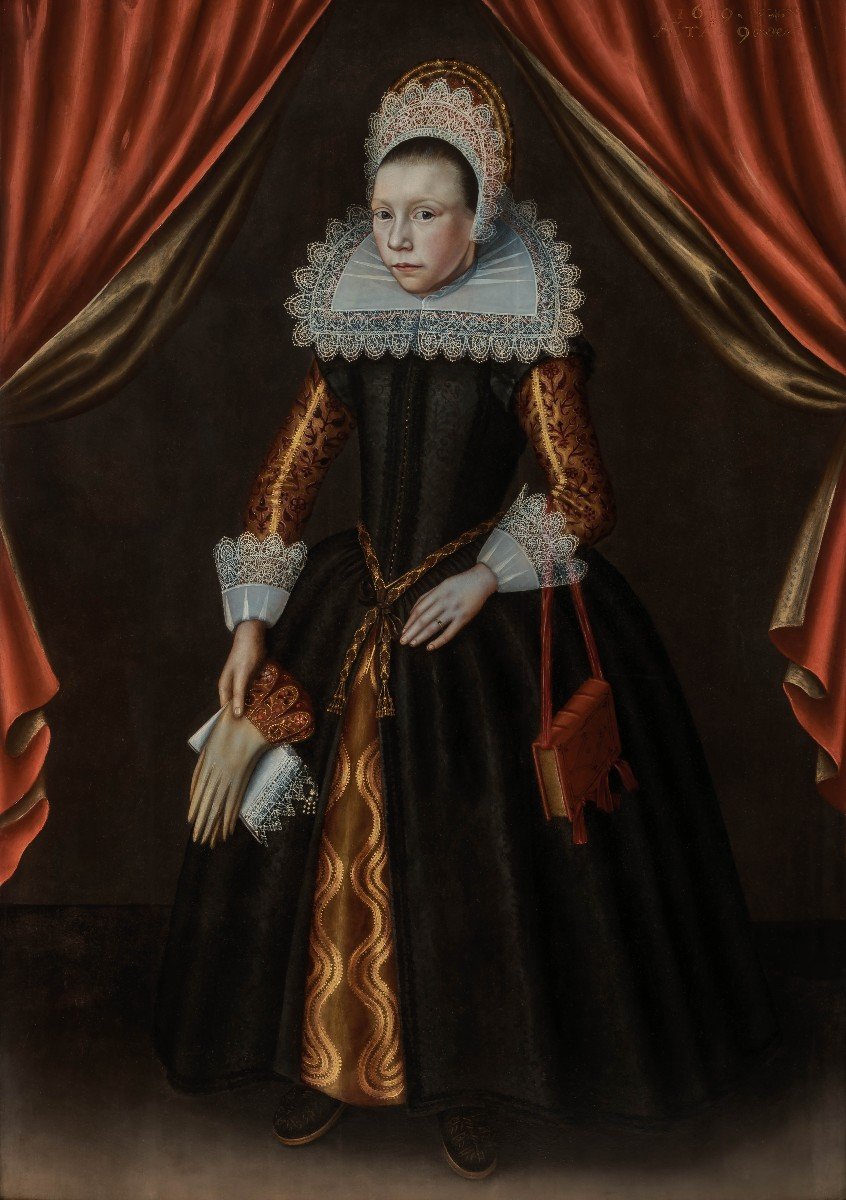

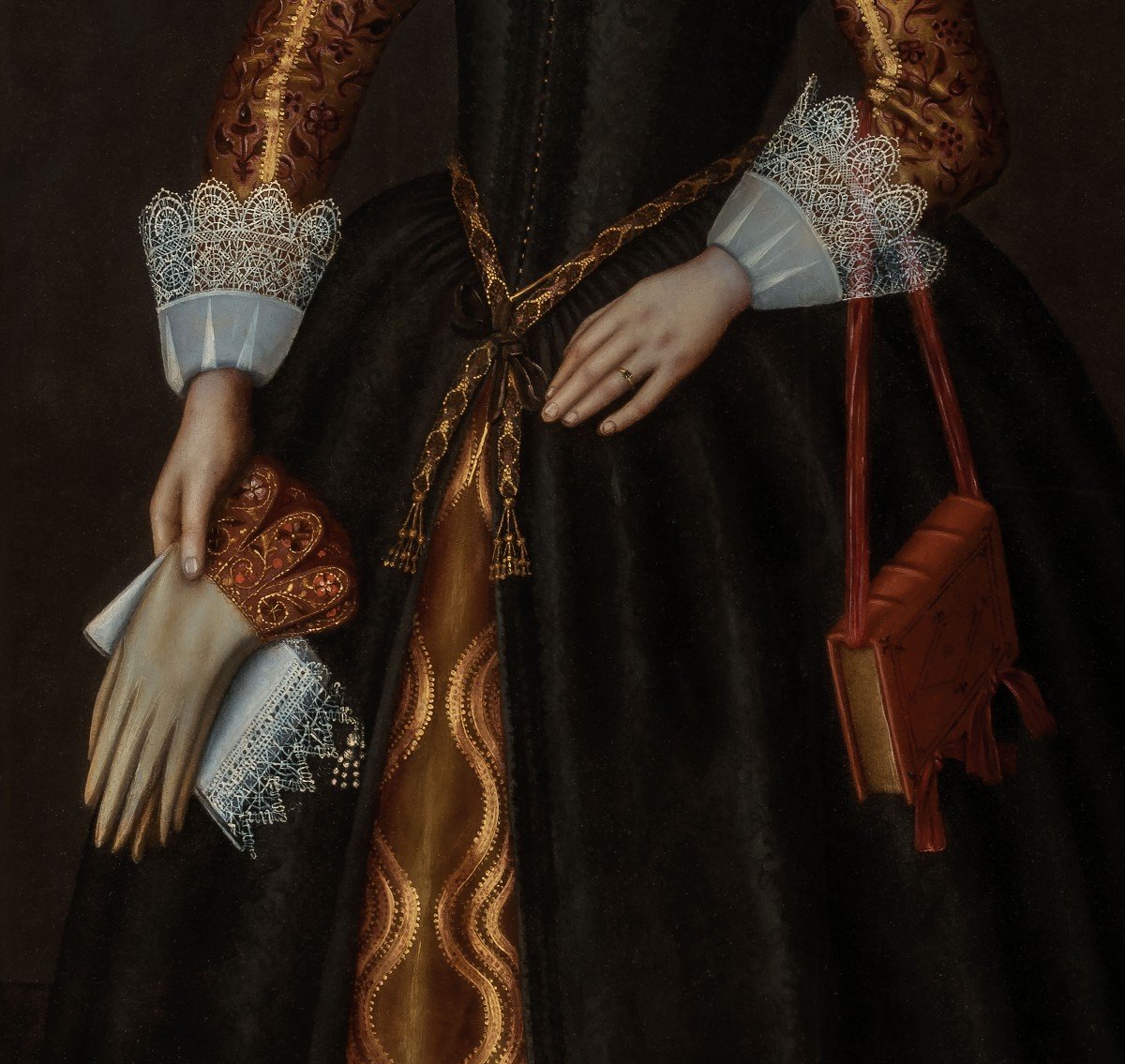









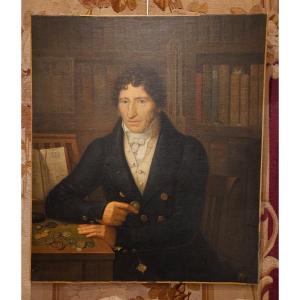



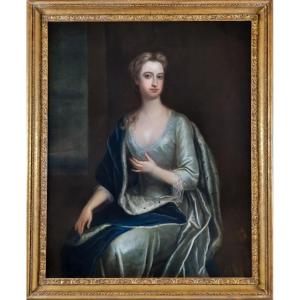



 Le Magazine de PROANTIC
Le Magazine de PROANTIC TRÉSORS Magazine
TRÉSORS Magazine Rivista Artiquariato
Rivista Artiquariato
